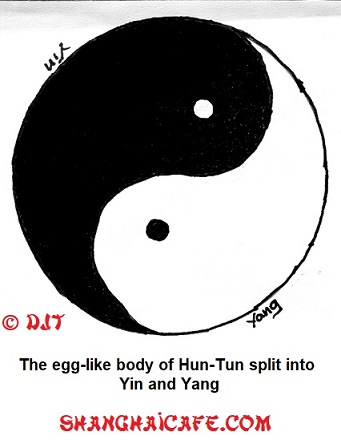Feng Shui and I Ching (Yijing) Basics
|
Feng Shui (pronounced "fung shway") is the ancient Chinese art and science of calculating how people can harmonise with their environment. Feng Shui works by maximising positive energy and minimising negative energy. Free flowing chi corresponds to positive energy, and a function of the feng shui practitioner is to control the flow of chi. Most feng shui practitioners use a luopan (compass), a bagua and a lo shu. The bagua is a grid divided into nine sections: relationships, friends, fame, children, money, health, job, knowledge and ancestors. This grid may be placed over a map or plan of the site being divined. The lo shu is a kind of magic square. This method of surveying enables practitioners to determine the best positions or directions for placing just about anything. Geomancy (divination based on geomorphology, the description of features such as hills, rocks and rivers) can also be used. Feng Shui draws heavily on the philosophy contained in the ancient Chinese I Ching (Yijing) or Book of Changes. This book is revered in Confucianism and dates back at least to the Zhou dynasty, more than 3000 years ago. Some sources say that it dates back 6000 years. The I Ching is a source of cosmology, philosophy (including ethics) and especially of divination (fortune-telling). Chinese cosmology was based on the balance of yin and yang. Yin is passive, or "female" nature, whereas yang is active or "male" nature.
The I Ching is based on eight trigrams (three parallel lines). The lines can be broken (representing yin) or unbroken (representing yang). According to legend, the trigrams were discovered on the back of a sacred tortoise by Fuxi, a mythical emperor of Ancient China. These trigrams are combined in pairs to form 64 hexagrams. In the I Ching, each hexagram is accompanied by poetry and commentary, some of which is believed to have been added by Confucius himself. Involved in divination is the manipulation of fifty stalks of yarrow, or by the throwing of coins. These activities provide numbers facilitating the choice of hexagram. The numbers reveal whether a line is yin or yang, and whether it is changing (e.g. about to change from yin to yang) or unchanging. (Hence I Ching or Yijing: the Book of Changes.) The hexagrams mirror the constantly changing yin and yang of the universe. |
COPYRIGHT © 2019 : No material on this site may be copied by any means, without the author's permission.
African Ghost Hunting Safaris
Camelopard Travel Advice
Pall Mall Club
Ghost Safari
Gentleman Adventurer in Space

